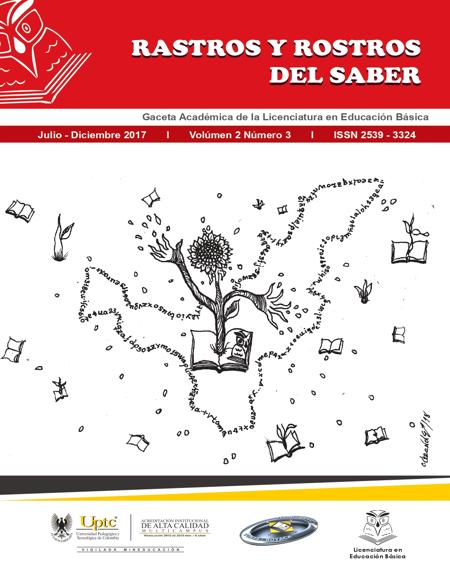Espacios de unidad entre humanos

Abstract
According to decree 4500 of 2006 about the right to religious freedom, the possibili- ty of harmony between the different truths of a whole is welcomed to understand in detail our human nature and enter in the hope of a perfect social coexistence Which must be manifested in the effort for a greater understanding of the other in their particular circumstances, which in dialogue with other forms of word and knowledge based on the enigmatic space of the ‘inner life’ indicate a principle Integral to the liberating and transforming knowledge and at the same time, a hope, which under the theological name of ‘God of God’ define an ideal way for us and our specific situation - at the local and national ambit - as a spiritual offering of great tradition And reach to be used pedagogically today.
Keywords
Religious Freedom, Understanding, Fraternity, Dialogue, Common sense, Harmony
References
Bilbia de Jerusalén (1999) Editorial Desclée de Brouwer, S.A., Henao, 6-48009-Bi- bao, España.
Borda-Malo E. S. (2011). Filosofía de la No-violencia y Crítica de la Razón violenta, Ed. Grafilasser. Tunja.
Concilio Vaticano II (2006) Documentos completos sobre la libertad Religiosa, Ed. San Pablo.
Gaudium et Spes, (1995) Concilio Vaticano II, Ed. San Pablo. Http:www.sipaz.org.24/03/2011.
Manfred, Max (2005) Del saber al comprender, navegaciones y regresos, N° 5, revista Palimpsesto, facultad de ciencias humanas, Universidad Nacional de Colombia, 2005.
Martínez, C. (2015). De nuevo a la Vida. El poder de la No violencia y las transfor- maciones culturales 2° Edición. Ed. Trillas de Colombia. LTDA.
Platón, (2005) Diálogos, tomo II, Ediciones Universales, Bogotá.
Filosofía de la No-violencia y Crítica de la Razón violenta, Ed. Grafilasser. Tunja.
Wolfgang T. 1975. El nuevo testamento y su mensaje. El evangelio según San Mateo. Ed. Herder S.A. Provenza 388, Barcelona España 1970.